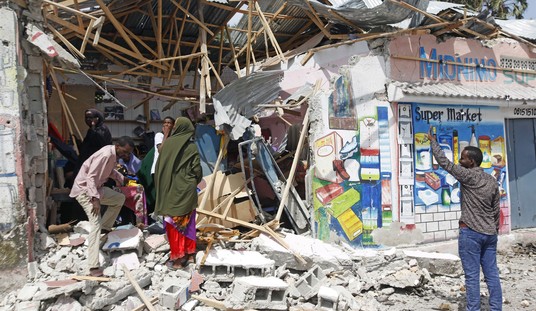If you’re waiting for the administration to replace the Affordable Care Act, you should pray that you won’t need an ambulance.
If you do call the 911 emergency services, then you’ll be waiting longer than you would have before President Obama’s signature healthcare reform was implemented.
How much longer? On average, close to 20 percent more, according to new research from the National Bureau of Economic Research.
To be more precise, you’ll spend an average of one minute and 53 seconds more time waiting for an emergency vehicle than you would have before the ACA was in place, according to the paper, The Affordable Care Act and Ambulance Response Times, by researchers at Georgia State University and the University of Colorado at Denver.
The study analyzed county level data from the Small Area Health Insurance Estimates program for the percentage rate of insurance coverage over the period 2010 through 2015. Also, the researchers sliced and diced the data for the same period from the Fatality Analysis Reporting system collected by the National Highway Traffic Safety Administration to assess ambulance response times, the report states.
“Estimates suggest that the expansions of private and Medicaid coverage under the ACA combined to slow ambulance response times by almost two minutes,” the report states. “We find no evidence that this increase can be explained by traffic congestion or local economic conditions.”
A couple of minutes might sound like a short time when you are waiting for a cappuccino, but if you are suffering cardiac arrest it could be the difference between life and death.
“A one-minute increase in response time increases mortality risk for all emergencies by 8 to 17 percent,” the report adds, citing other research.
In other words, people die when ambulances take longer to arrive.
The news from the report gets worse. The study cites “strong evidence” that the ACA resulted in fewer ambulances arriving within the emergency medical system’s standard of eight minutes.
If you are waiting for an emergency medical technician, then that doesn’t sound like good news.
However, the architects of Obamacare might be proud that the program did achieve one objective: it got more people covered.
That may in itself be the cause of the problems, because the market didn’t respond with more services.
“The ACA added strain to emergency response systems,” the report states. It did that because coverage was extended “to individuals who, in its absence, would not have availed themselves of emergency medical services.”
Put simply, while there was more insurance coverage there weren’t more, or enough additional, ambulances available to cope with the increased demand. To be fair, buying an ambulance isn’t as inexpensive as a car or truck. Managers may not have anticipated the need for more vehicles fitted with pricey specialized equipment.
Is it a surprise that the outcome is slower response times for the lifesaving services to arrive? Not really.
“Anytime you try to make cheap something that is expensive then you get shortages,” says John Tamny, director of the Center for Economic Freedom at Freedom Works. “Obamacare, at it its core, was about bending the cost curve downward, so is it any surprise that there are shortages?”
It shouldn’t be. When prices fall, then supply drops. It is one of the first things that economics professors teach.
“Life to me comes down to supply and demand,” says Brent Schutte, chief investment strategist at Northwestern Mutual Wealth Management in Milwaukee. “If the demand from people who wanted to call an ambulance increased and the supply didn’t rise, then the time would increase.”









Join the conversation as a VIP Member